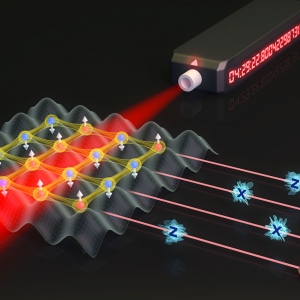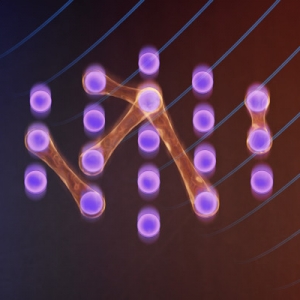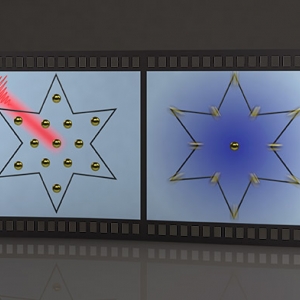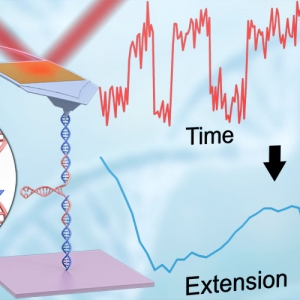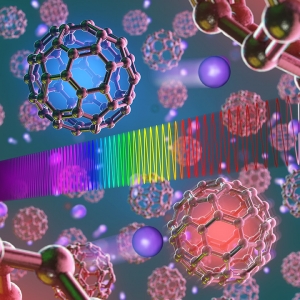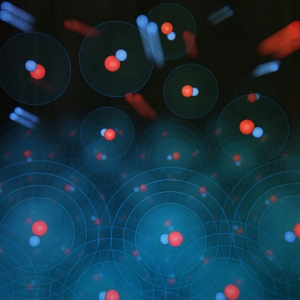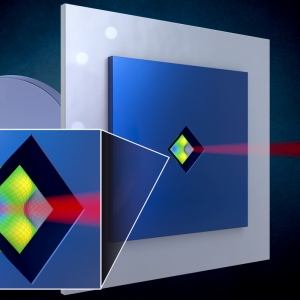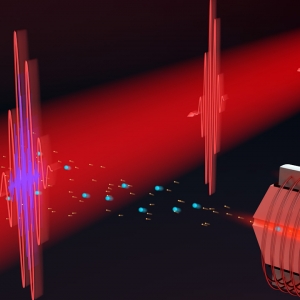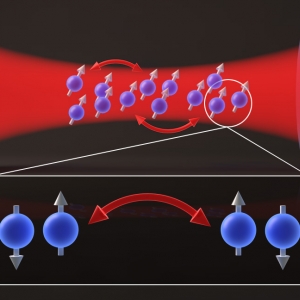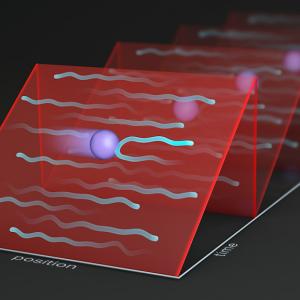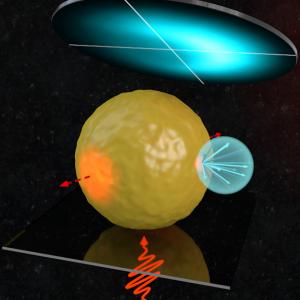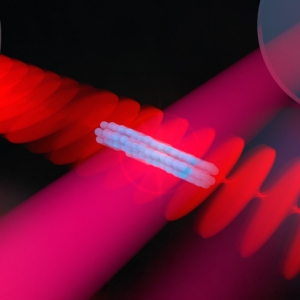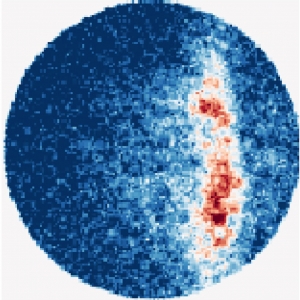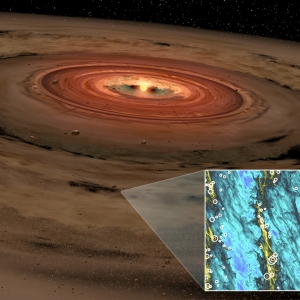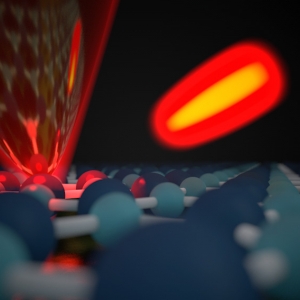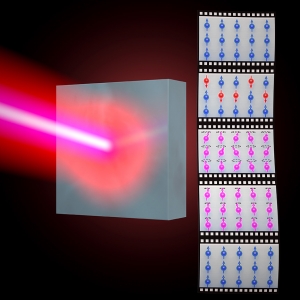Research Highlights
Displaying 121 - 140 of 470
Quantum Information Science & Technology
Tying Quantum Knots with an Optical Clock
PI(s):
Ana Maria Rey
Quantum Information Science & Technology
Chaos reigns in a quantum ion magnet
PI(s):
Ana Maria Rey
Atomic & Molecular Physics
Optical tweezers achieve new feats of capturing atoms
PI(s):
Cindy Regal
Laser Physics
The Snowflake of Insulators
PI(s):
Margaret Murnane | Henry Kapteyn
Biophysics
Pulling apart HIV
PI(s):
Thomas Perkins
Atomic & Molecular Physics
Buckyballs Play by Quantum Rules
PI(s):
Jun Ye
Atomic & Molecular Physics
The Strontium Optical Tweezer
PI(s):
Adam Kaufman
Atomic & Molecular Physics
The First Quantum Degenerate Polar Molecules
PI(s):
Jun Ye
Atomic & Molecular Physics
Taming Chemistry at the Quantum Level
PI(s):
Heather Lewandowski
Quantum Information Science & Technology
Quiet Drumming: Reducing Noise for the Quantum Internet
PI(s):
Cindy Regal | Graeme Smith | Konrad Lehnert
Laser Physics
Turn it Up to 11 – The XUV Comb
PI(s):
Jun Ye
Atomic & Molecular Physics | Precision Measurement | Quantum Information Science & Technology
Twisting Atoms to Push Quantum Limits
PI(s):
Ana Maria Rey | James Thompson
Laser Physics
A Collaborative Mastery of X-rays
PI(s):
Andreas Becker | Agnieszka Jaron-Becker | Henry Kapteyn | Margaret Murnane
Atomic & Molecular Physics
A Little Less Spontaneous
PI(s):
James Thompson | Murray Holland
Chemical Physics
An Electron Faucet
PI(s):
David Nesbitt
Atomic & Molecular Physics
Shake it Till You Make it
PI(s):
Dana Anderson
Precision Measurement
Same Clock. New Perspective.
PI(s):
Jun Ye
Astrophysics
How a Dust Bunny Becomes a Planet
PI(s):
Phil Armitage
Nanoscience
Brightening the Dark State
PI(s):
Markus Raschke
Laser Physics
How Magnetism Melts Away
PI(s):
Henry Kapteyn | Margaret Murnane




